Mexico, a country renowned for its vibrant culture and rich history, is also a treasure trove of biodiversity. Home to a myriad of ecosystems, from lush rainforests to arid deserts, it supports an astonishing array of flora and fauna. However, this biological wealth is under threat from various human activities. Amidst the growing concerns, community-led conservation initiatives have emerged as a beacon of hope. These grassroots efforts, often driven by local communities who have lived in harmony with nature for generations, are playing a pivotal role in preserving Mexico’s natural heritage. Through collaboration, education, and sustainable practices, these initiatives are not only safeguarding biodiversity but also empowering communities economically and socially.
The Rich Tapestry of Mexico’s Biodiversity
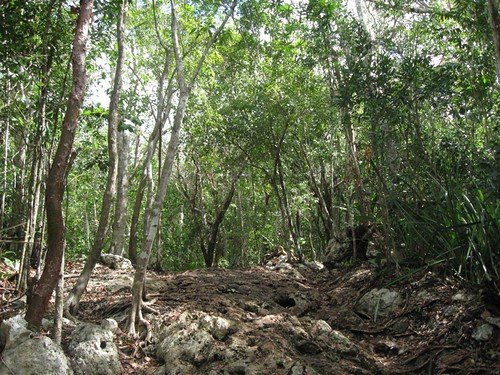
Mexico’s geographical diversity contributes to its status as one of the world’s most biodiverse countries. It is home to nearly 10% of the world’s species, including iconic animals like jaguars, monarch butterflies, and myriad bird species. This biodiversity is supported by a variety of ecosystems, from the dense jungles of Chiapas to the coral reefs of the Yucatan Peninsula. Each of these ecosystems is a delicate balance of living organisms, each playing a role in the larger ecological web. However, this rich tapestry is increasingly at risk from deforestation, pollution, and climate change, necessitating urgent and effective conservation strategies.
Understanding Community-Led Conservation
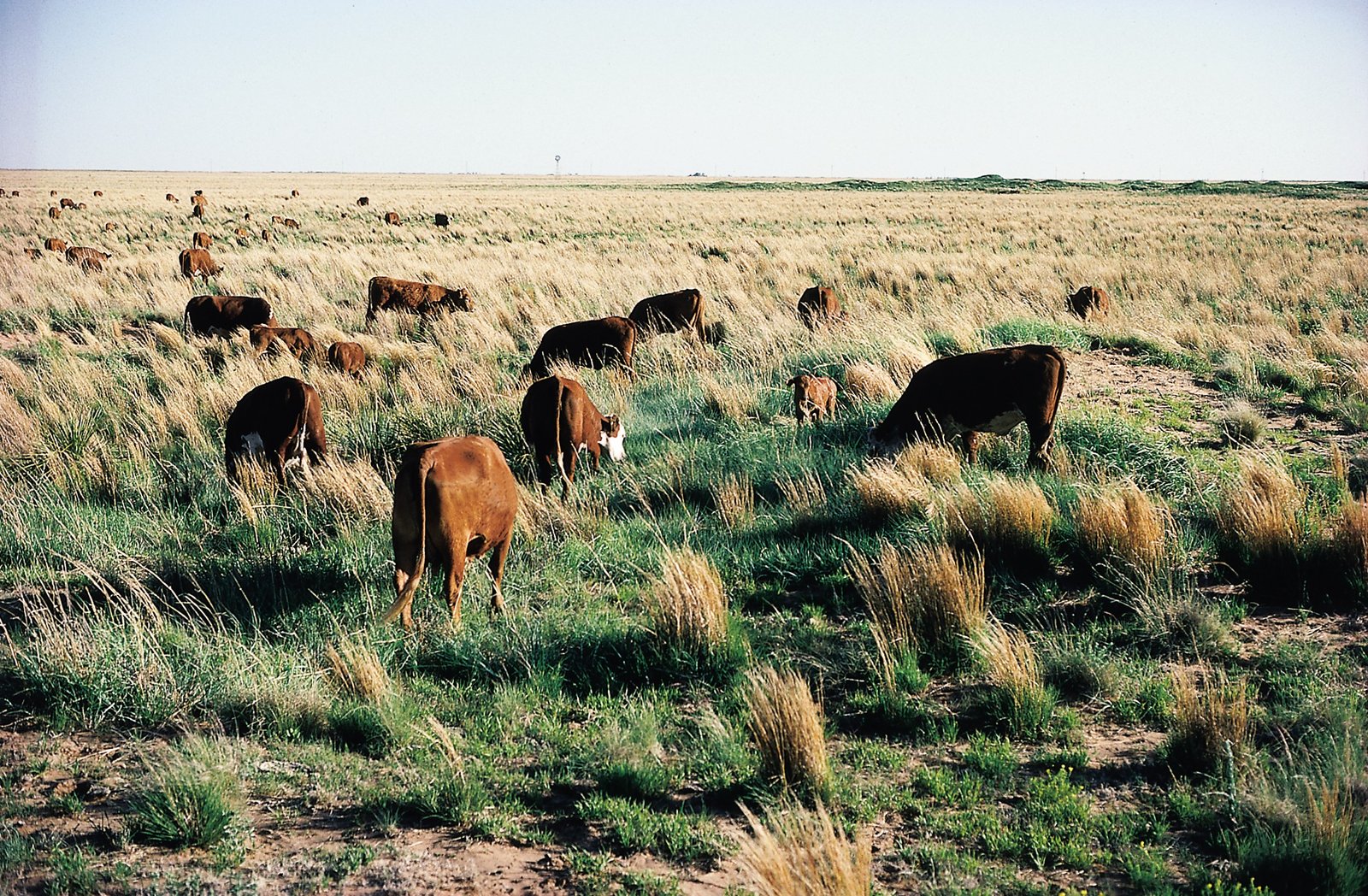
Community-led conservation is a grassroots approach where local communities take the lead in conserving their natural resources. Unlike top-down conservation methods, this approach prioritizes the knowledge, traditions, and needs of the local people. These communities often possess an intrinsic understanding of their environment, having relied on it for generations. By involving them in conservation efforts, strategies can be tailored to be more effective and sustainable. Additionally, this approach fosters a sense of ownership and responsibility among locals, ensuring that conservation efforts are maintained long-term.
The Role of Indigenous Knowledge
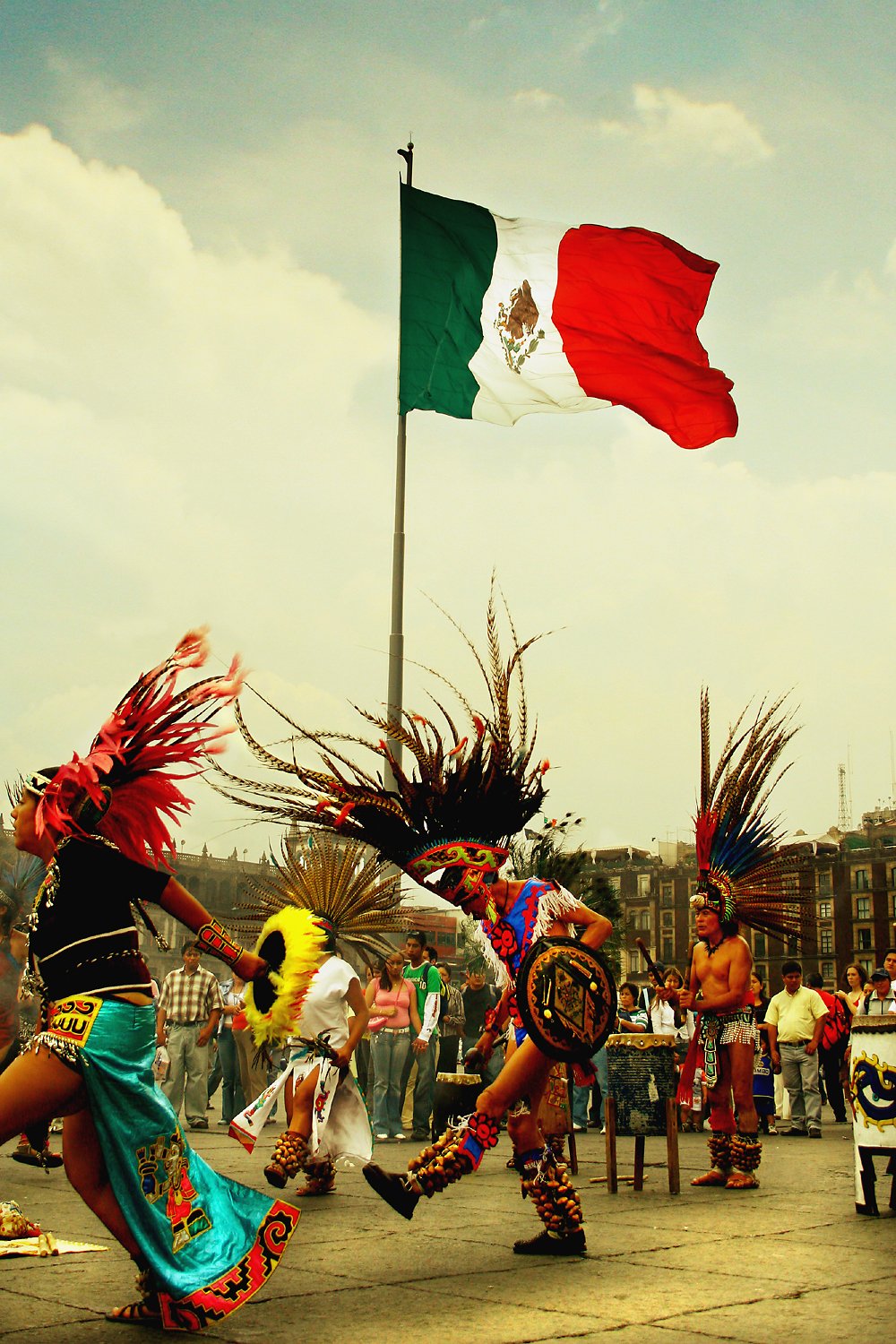
Indigenous communities in Mexico have long been stewards of their land, possessing a wealth of knowledge about local ecosystems. This traditional ecological knowledge is invaluable in conservation. For instance, indigenous farming techniques, such as milpa, which involves growing multiple crops together, promote biodiversity and soil health. By integrating this ancient wisdom with modern conservation practices, a more holistic approach to environmental protection can be achieved. This synergy not only benefits biodiversity but also reinforces cultural heritage and community identity.
Success Stories from Grassroots Initiatives
Throughout Mexico, numerous community-led initiatives have achieved significant conservation successes. In the state of Oaxaca, the indigenous Zapotec community manages the Sierra Norte forests, balancing timber production with biodiversity conservation. Their sustainable forest management practices have resulted in thriving wildlife populations and improved livelihoods. Similarly, in the Yucatan Peninsula, local communities have collaborated with NGOs to protect the region’s vital coral reefs, employing sustainable fishing practices and eco-tourism to support conservation efforts.
Challenges Facing Community-Led Conservation
Despite their successes, community-led conservation initiatives in Mexico face several challenges. Limited financial resources, inadequate legal support, and external pressures from industry and agriculture can hinder their efforts. Additionally, climate change poses a significant threat, altering ecosystems and making conservation more complex. To overcome these challenges, it is crucial to provide communities with the necessary tools, training, and support. This includes strengthening legal frameworks, enhancing community capacity, and fostering partnerships with government and non-governmental organizations.
The Economic and Social Benefits
Community-led conservation not only protects biodiversity but also offers economic and social benefits. By promoting sustainable livelihoods, such as eco-tourism and organic farming, these initiatives can improve local economies and reduce poverty. Moreover, they empower marginalized communities, particularly women and indigenous groups, by providing them with leadership opportunities and a voice in decision-making processes. This empowerment fosters social cohesion and resilience, enabling communities to better adapt to environmental and economic changes.
Education and Awareness: Building a Conservation Ethic

Education is a cornerstone of successful community-led conservation. Raising awareness about the importance of biodiversity and sustainable practices can inspire action and foster a conservation ethic among community members. Environmental education programs, workshops, and participatory activities can engage people of all ages, instilling a sense of stewardship and responsibility. By building a strong conservation ethic, communities are better equipped to protect their natural resources for future generations.
Collaborative Efforts and Partnerships
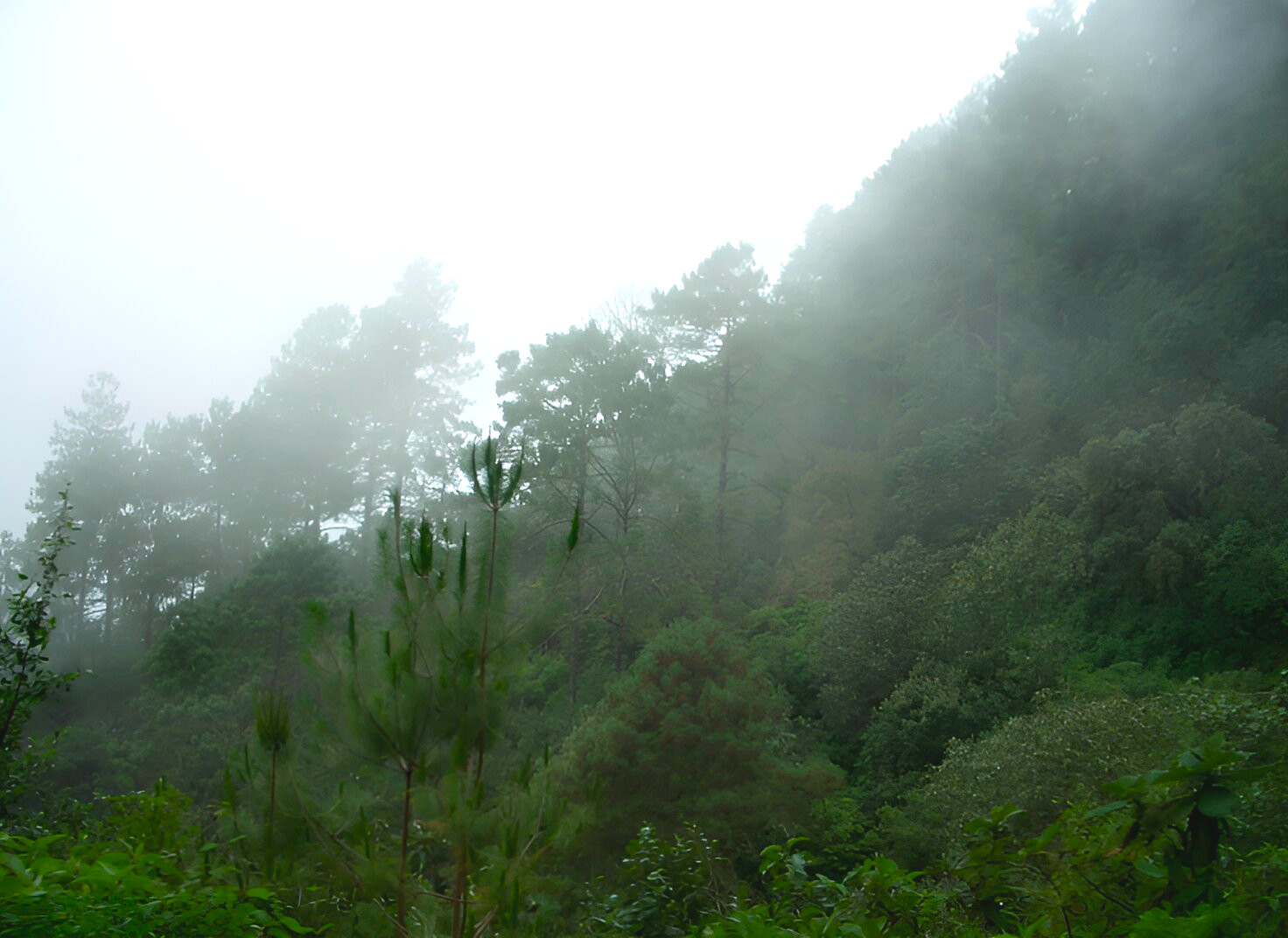
Collaboration is key to the success of community-led conservation. By partnering with government agencies, NGOs, and academic institutions, communities can access resources, expertise, and support. These partnerships can facilitate knowledge exchange, capacity building, and the development of innovative conservation strategies. Furthermore, collaboration enhances advocacy efforts, enabling communities to influence policy decisions and secure better protection for their natural resources.
Future Prospects for Mexico’s Biodiversity
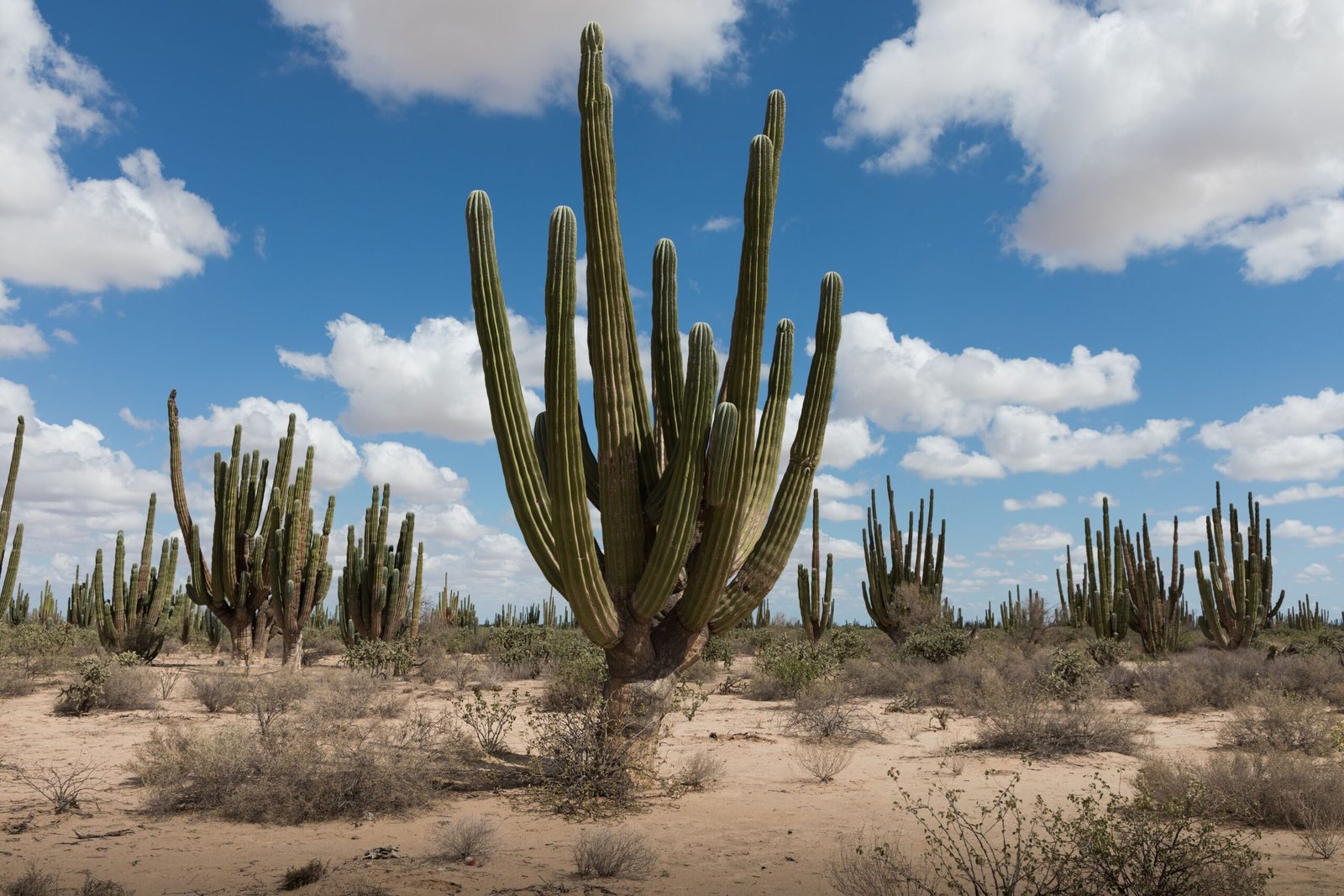
The future of Mexico’s biodiversity hinges on the success of community-led conservation efforts. As these initiatives gain momentum, they offer hope for a more sustainable and equitable future. By empowering communities, integrating traditional knowledge, and fostering collaboration, we can protect Mexico’s unique ecosystems and the species that inhabit them. However, continued support and investment are essential to ensure the long-term success of these efforts. As stewards of the planet, it is our collective responsibility to safeguard the natural world for future generations.




